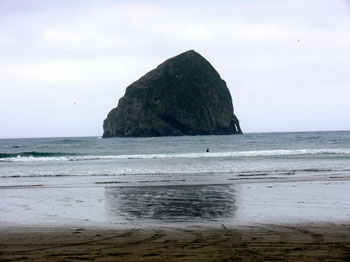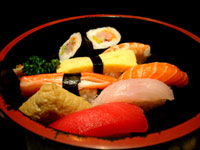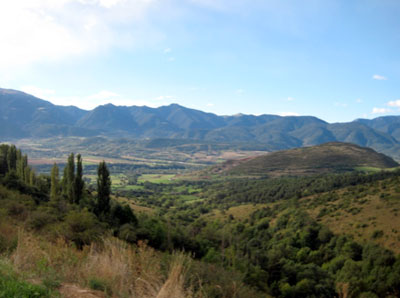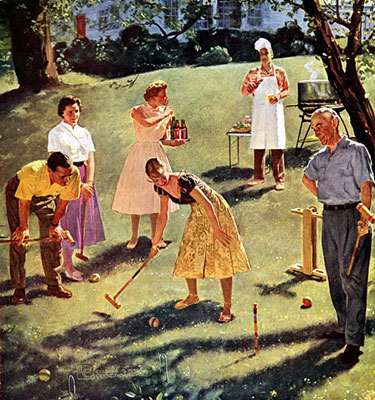 The commercial kept calling out to us. A catchy tune and the promise
of a round trip ticket to anywhere in Europe for under $500. None of us
could resist and the plan was in motion. Andrea and I would fly from
L.A. and land in New York for a layover where we’d meet Stacey at JFK.
Actually, it might be tricky since my two friends hadn’t even met yet.
The commercial kept calling out to us. A catchy tune and the promise
of a round trip ticket to anywhere in Europe for under $500. None of us
could resist and the plan was in motion. Andrea and I would fly from
L.A. and land in New York for a layover where we’d meet Stacey at JFK.
Actually, it might be tricky since my two friends hadn’t even met yet.
It was the dead of winter. Stacey called to let me know about this great coat she bought. She couldn’t wait for me to see it because she just knew I was gonna love it. Andrea did some research and picked out a boutique hotel, within walking distance of the Spanish steps.
Speaking of walking, those two girls were planning on walking the whole city every day. They are both hardcore exercisers and felt that would be the best way to really see Rome. I tire easily, so that was so not going to be me. But, I would happily arrange to find some great restaurants. We all know what we’re good at. That’s my specialty.

 The Oregon Coast is one of the most beautiful stretches of land I have been privileged enough to spend time exploring. If you are an Oregon native or you are visiting this summer, don't miss some of these great local stops along the way. Have fun!!
The Oregon Coast is one of the most beautiful stretches of land I have been privileged enough to spend time exploring. If you are an Oregon native or you are visiting this summer, don't miss some of these great local stops along the way. Have fun!!
 Tucked into the tiny village of Meranges, high in the Pyrenees of Spain and a stone’s throw from both France and Andorra, is Can Borrell. In Catalan, the home language of Meranges, Can means house. This little treasure of a house is a very old inn with 6 rooms for guests and a restaurant that turns out fantastic breakfasts and dinners. We got to Can Borrell the hard way – taking a 5-hour drive with endless switch backs on a cliff-hugging road. This is deep in the Pyrennees, home to Catalan, French, and Spanish speakers in miniscule stone villages, lots of cows and sheep, and granite faced cliffs in the distance. We learned too late that there is a 2 hour drive from Barcelona complete with a tunnel that literally cuts through the mountains. For scenery, the long way is better viewing, but 5 hours of constant vigilance on mountain turns can be nauseating and exhausting, so I suggest the tunnel.
Tucked into the tiny village of Meranges, high in the Pyrenees of Spain and a stone’s throw from both France and Andorra, is Can Borrell. In Catalan, the home language of Meranges, Can means house. This little treasure of a house is a very old inn with 6 rooms for guests and a restaurant that turns out fantastic breakfasts and dinners. We got to Can Borrell the hard way – taking a 5-hour drive with endless switch backs on a cliff-hugging road. This is deep in the Pyrennees, home to Catalan, French, and Spanish speakers in miniscule stone villages, lots of cows and sheep, and granite faced cliffs in the distance. We learned too late that there is a 2 hour drive from Barcelona complete with a tunnel that literally cuts through the mountains. For scenery, the long way is better viewing, but 5 hours of constant vigilance on mountain turns can be nauseating and exhausting, so I suggest the tunnel. Last week I went on a cruise with my family. One night, before dinner I ordered a "Maker's and soda" from the Indonesian bartender.
Last week I went on a cruise with my family. One night, before dinner I ordered a "Maker's and soda" from the Indonesian bartender.
